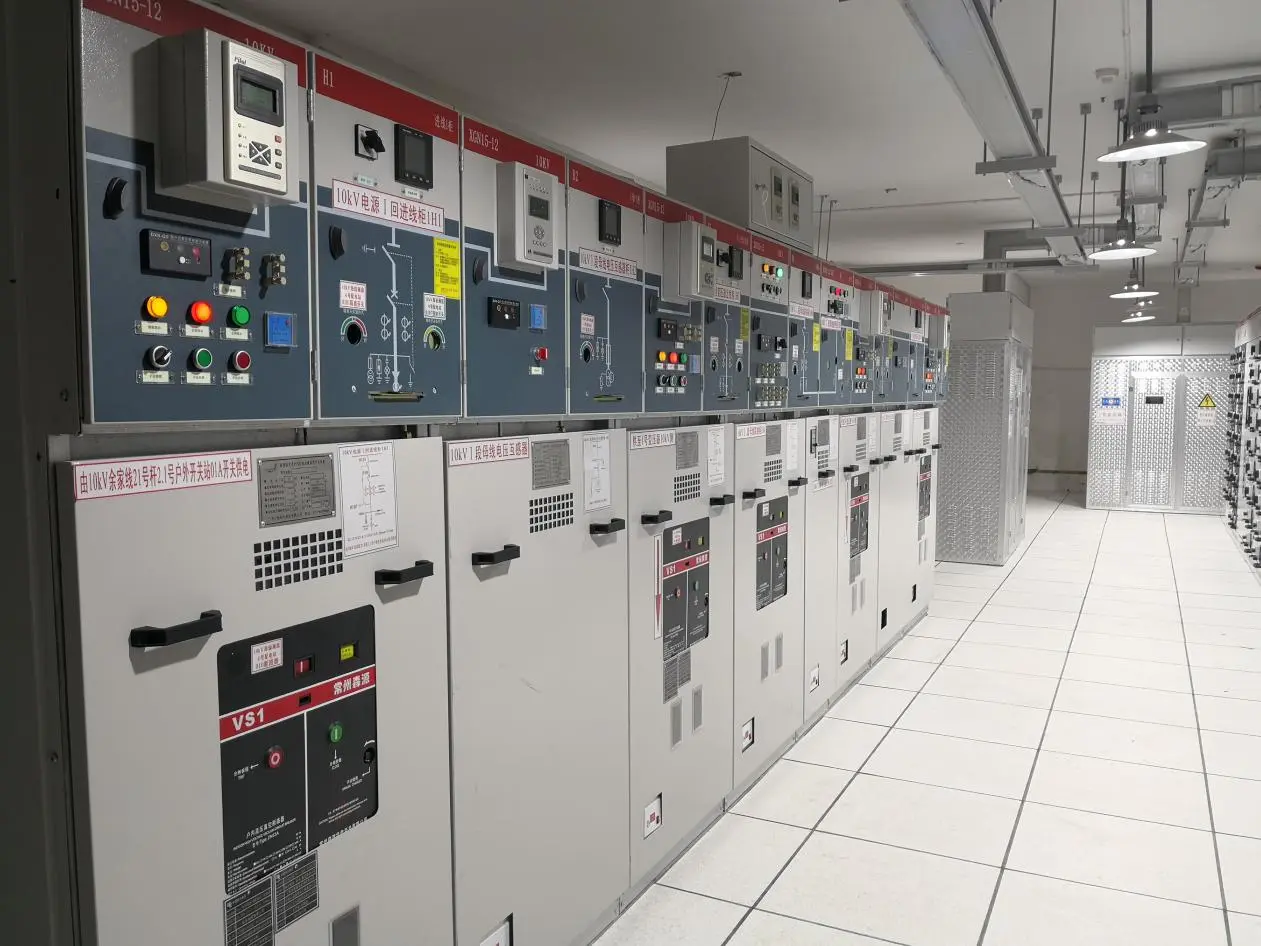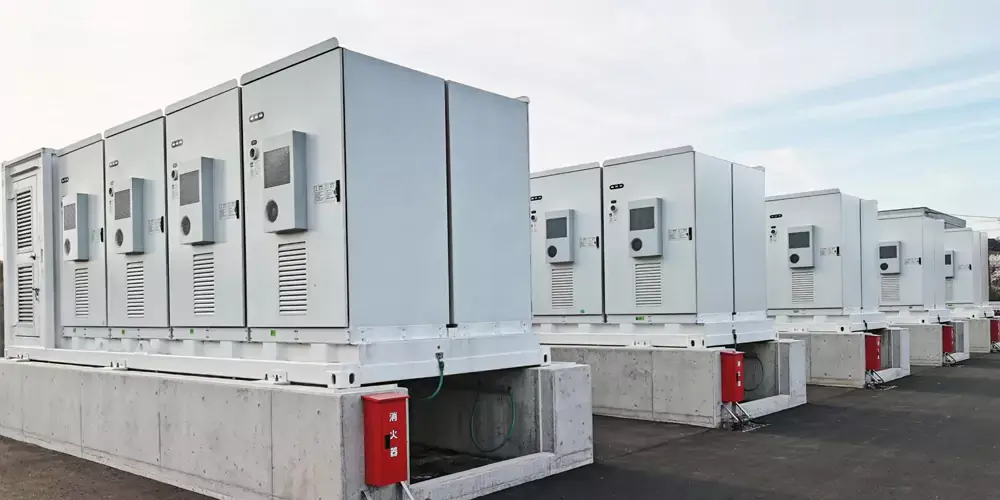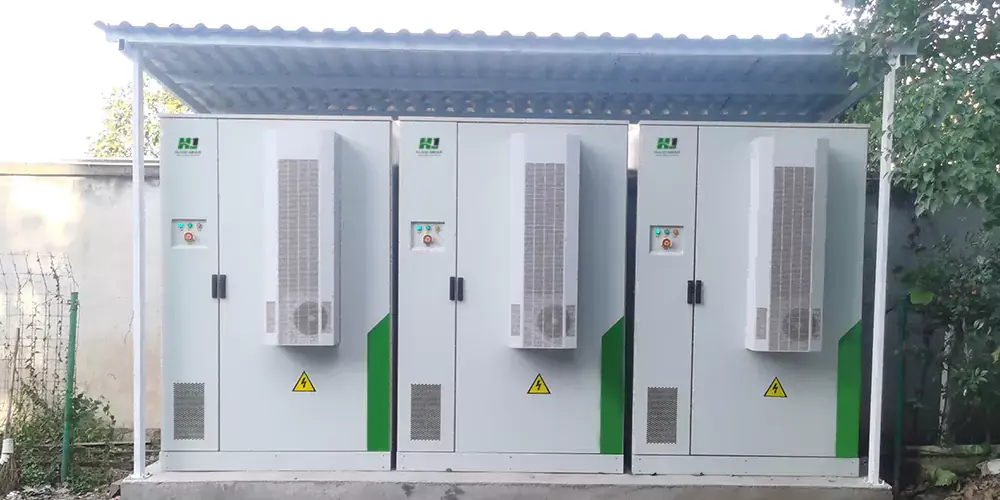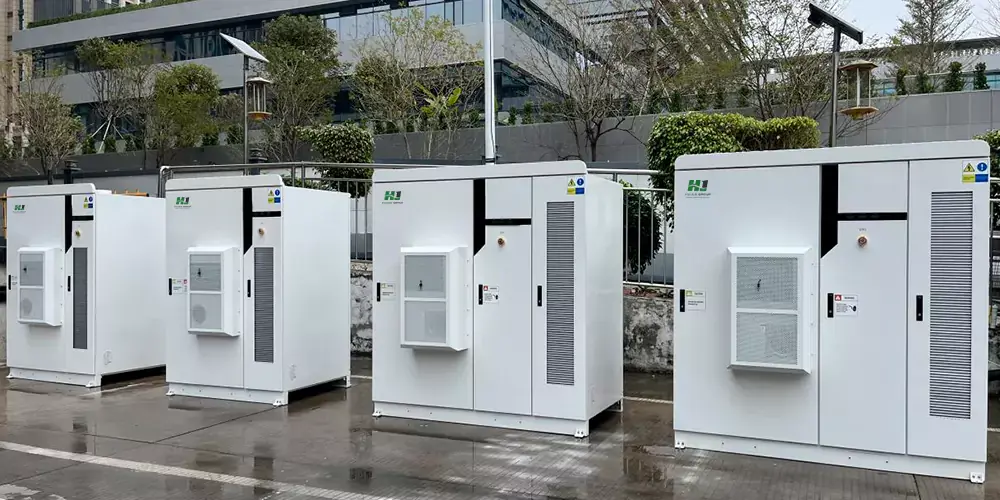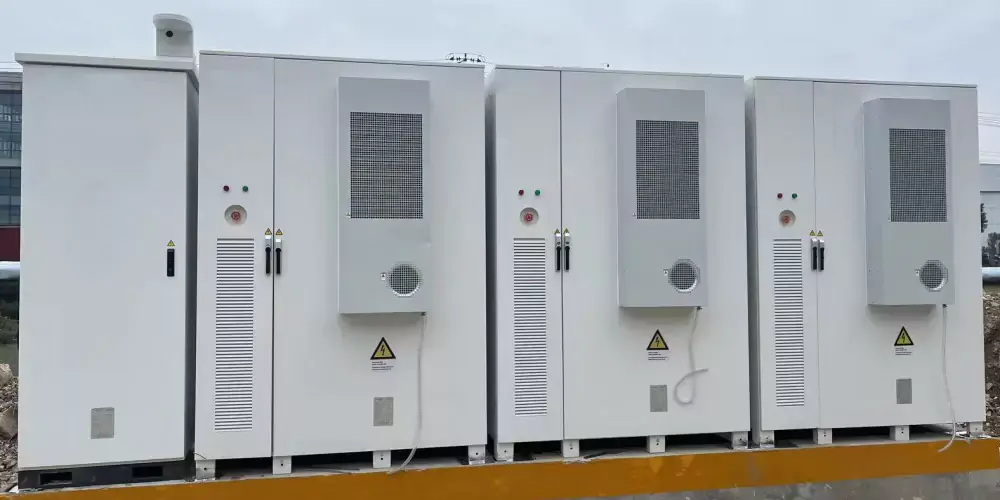Comprehensive Guide to Power Distribution Cabinets: Features, Applications, and Key Considerations for Modern Energy Management
In the realm of modern energy systems, Power Distribution Cabinets are essential components that ensure the effective management and distribution of electrical power. From high-voltage substations to low-level distribution boxes, these cabinets are integral to the reliable and safe operation of electrical systems. This guide delves into the various types of Power Distribution Cabinets, their characteristics, applications, and the growing relevance of Battery Distribution Cabinets in today’s energy landscape.
1. Understanding Power Distribution Cabinets
Power Distribution Cabinets serve as the cornerstone of electrical power management in both commercial and industrial settings. They play a crucial role in distributing electrical energy to different circuits and protecting equipment from potential faults. Key types of Power Distribution Cabinets include:
Sub-Power Distribution Cabinet: This cabinet is responsible for distributing electrical power from a central source to various secondary circuits. It is typically used in industrial environments where multiple circuits require efficient management.
Lighting Distribution Cabinet: Designed to control lighting circuits, this cabinet ensures the effective distribution of power to lighting systems in commercial and residential buildings. It often includes features tailored to lighting control and management.
Measuring Cabinet: This cabinet houses metering instruments that monitor electrical parameters such as voltage, current, and power consumption. It is essential for tracking and analyzing energy usage and performance.
Motor Control Center (MCC): MCCs are used to control and monitor large motors and industrial machinery. They are crucial in settings with high-power requirements and numerous motor-driven applications.
Low-Level Distribution Cabinet: Typically used for smaller circuits, such as those found in lighting or small appliances, these cabinets provide a compact solution for managing low-power loads.
Power Distribution Box: A smaller version of a distribution cabinet, this box is used for distributing power to less critical circuits and equipment.
2. Features and Benefits of Battery Distribution Cabinets
Battery Distribution Cabinets have become increasingly important as energy storage solutions gain prominence. These cabinets are specifically designed to house and manage battery systems, including lithium-ion batteries. Key features and benefits include:
Thermal Management: Proper thermal management is critical to prevent overheating and thermal runaway in battery systems. Battery Distribution Cabinets are equipped with integrated ventilation systems to manage heat effectively and maintain safe operating temperatures.
Fire Protection: Given the risks associated with lithium-ion batteries, these cabinets are designed with fire-resistant materials and must meet stringent safety standards. They are tested to withstand internal fires, providing enhanced protection for both the batteries and surrounding infrastructure.
Charging Safety: Battery Distribution Cabinets that double as charging stations must include high-specification safety features. This includes metal-encased outlets and advanced safety measures to ensure safe charging practices.
3. Addressing Common Concerns in Power Distribution and Battery Storage
As the use of Power Distribution Cabinets and Battery Storage Systems becomes more widespread, several concerns and considerations have emerged:
Safety and Compliance: Ensuring that all distribution cabinets and battery storage systems comply with relevant safety standards and regulations is essential. Proper certification and testing for fire resistance and thermal management are crucial for maintaining safety.
Maintenance and Operation: Regular maintenance is vital for ensuring the longevity and reliability of Power Distribution Cabinets and Battery Storage Systems. This includes routine inspections, cleaning, and addressing any signs of wear or damage.
Technological Advancements: Staying informed about the latest technological advancements in distribution and storage solutions is important. Innovations such as smart distribution systems, advanced battery technologies, and energy management systems are shaping the future of energy management.
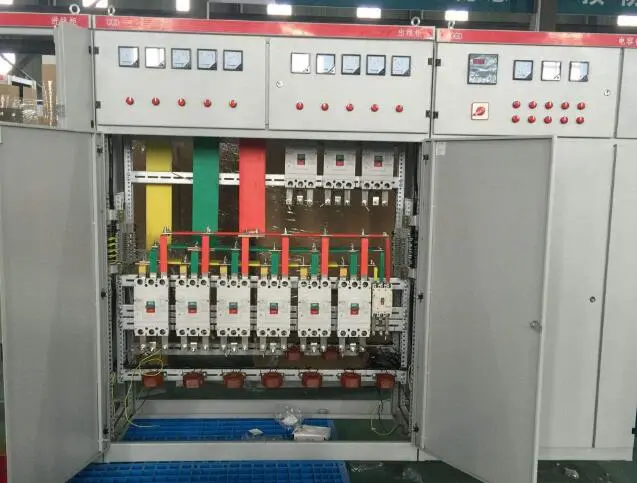
4. Applications of Power Distribution Cabinets and Battery Storage Systems
Substations and Motor Control Centers play a pivotal role in managing high-power electrical systems and controlling large machinery. Low-level distribution cabinets and Power distribution boxes are used for less critical circuits, ensuring that power is distributed efficiently across various applications.
Battery Distribution Cabinets support the growing use of renewable energy sources and energy storage solutions. By integrating advanced safety features and efficient thermal management, these cabinets are essential for modern energy systems.
Conclusion
Power Distribution Cabinets, including Sub-Power Distribution Cabinets, Lighting Distribution Cabinets, Measuring Cabinets, and Motor Control Centers, are crucial for effective electrical power management. As energy storage solutions gain traction, Battery Distribution Cabinets are becoming increasingly important, addressing safety, thermal management, and charging concerns.
Understanding the features, applications, and considerations associated with these cabinets ensures optimal performance and safety in your electrical systems. Whether managing traditional power distribution or integrating advanced battery storage solutions, selecting the right cabinets and adhering to best practices will enhance the efficiency and reliability of your energy management system.
Contact us
- Email:[email protected]
- Tel: +86 13651638099
- Address: 333 Fengcun Road, Fengxian District, Shanghai
Get A Quote Now!


